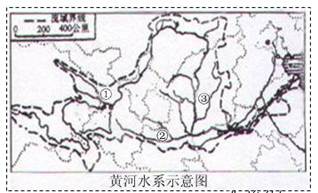问题
选择题
分别选出错别字最多和只有一个的各一项。
A.这座丧失了双臂的雕象中,人们称为美术作品命运的、同创作者毫无关系的某些东西正出神入化的烘托着作品。
B.我欣赏着米洛斯的维纳斯,一个奇怪的念头忽的攫住我的心——它为了如此美丽谜人,必需失去双臂。
C.毋庸赘言,米洛斯的维纳斯显示了高贵典雅同丰满诱人的惊人的调合。
D.换言之,米洛斯的维纳斯虽然失去了两条由大理石雕刻成的美丽臂膊,却出乎意料地获得了一种不可思议的抽象的艺术效果。错别字最多的一项是
有一个错别字的一项是
答案
错别字最多的一项是B
有一个错别字的一项是C
A中两个错别字:雕象——雕像,的烘托——地烘托;B中三个错别字:忽的——忽地,谜人——迷人,必需——必须;C中一个错别字:调合——调和;D中无错别字)

